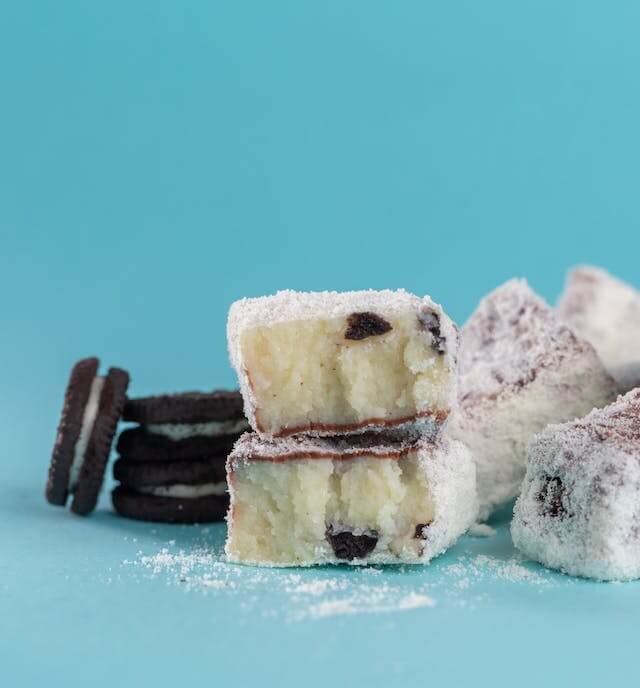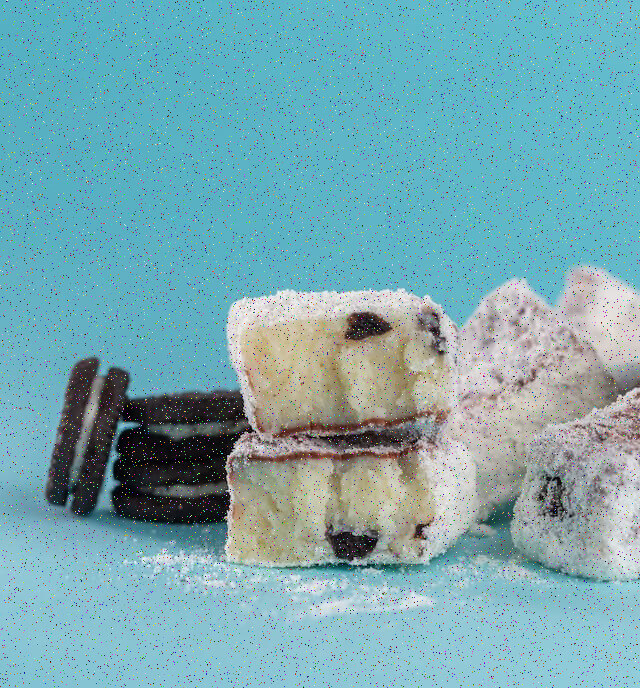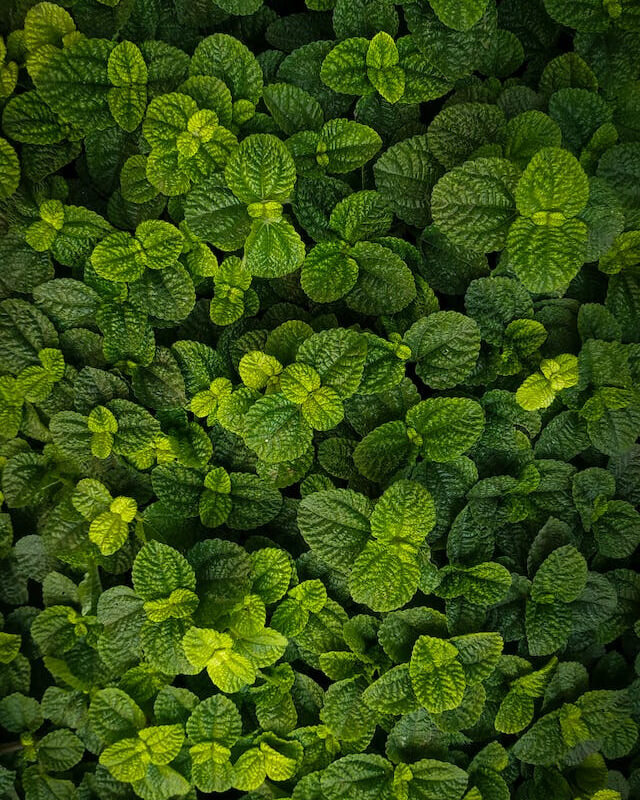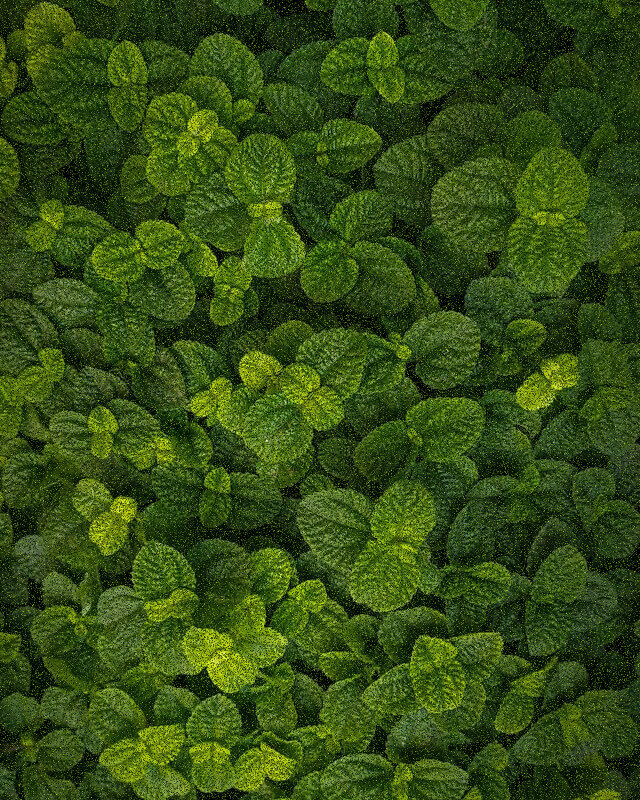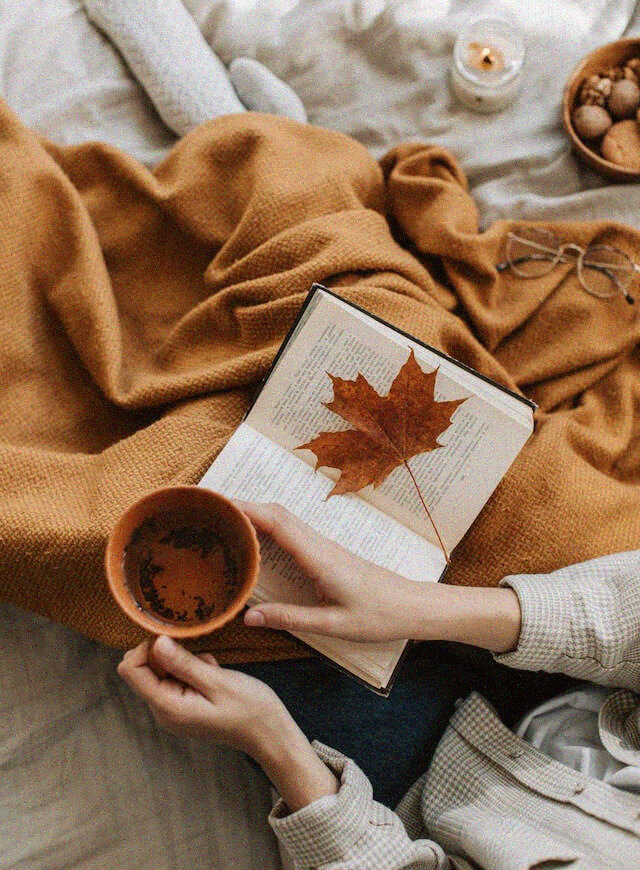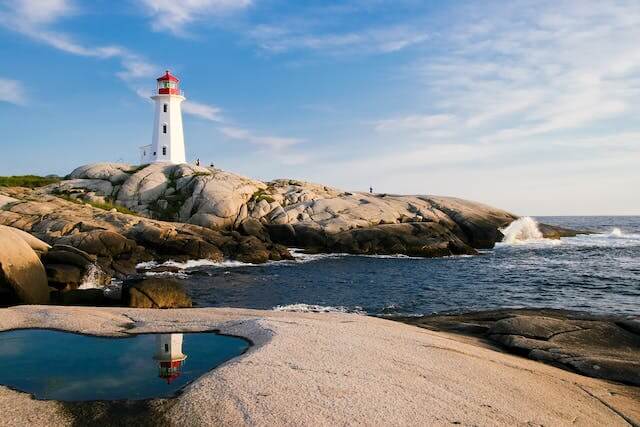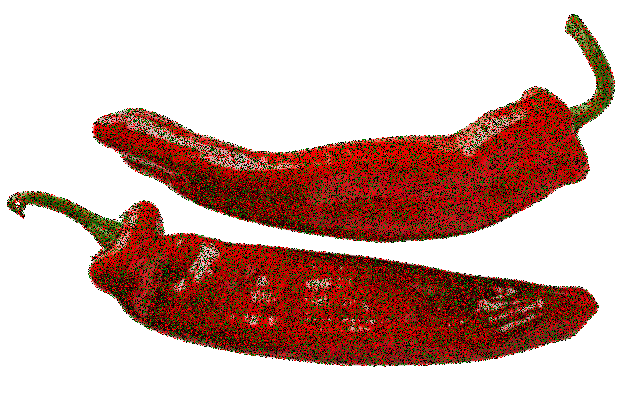Free online noise to image adder. Just drag and drop your image here and it will automatically take on a noise effect. You can choose between several types of noise, control its strength and transparency, and optionally turn the image into grayscale. Created by engineers from team Browserling.
Free online noise to image adder. Just drag and drop your image here and it will automatically take on a noise effect. You can choose between several types of noise, control its strength and transparency, and optionally turn the image into grayscale. Created by engineers from team Browserling.

This tool creates an effect on the image known as noise. Noise in images is random variations in brightness or color information, usually unwanted but sometimes intentionally added for artistic effects or to simulate real conditions. This tool allows for adding different types of noise. The first and most well-known type is multicolored pixel noise often found in photos from old cameras. It randomly distributes colored pixels throughout the image, creating a vivid effect. The next type of noise resembles the pixel noise seen on old black and white TVs. It consists of grayscale pixels scattered across the image, creating a grainy effect. The third effect is color fluctuation noise, which subtly alters pixel color values, generating a delicate and organic texture. Another type is local pixel noise, using existing image pixels to create noise. The last effect is custom color noise, allowing you to specify a list of colors for generating noise. The strength of the image noise can be specified as a percentage from minimum (0%) to maximum (100%). The noise can also be made semi-transparent, reducing its visibility by specifying alpha channel values ranging from 0% to 100%. Additionally, you can decide whether to add noise to transparent areas of the image. For a vintage effect, the image can be converted to grayscale before adding noise. The resulting noisy image can be downloaded in PNG, JPEG, or WebP formats. Image-abulous!
This tool creates an effect on the image known as noise. Noise in images is random variations in brightness or color information, usually unwanted but sometimes intentionally added for artistic effects or to simulate real conditions. This tool allows for adding different types of noise. The first and most well-known type is multicolored pixel noise often found in photos from old cameras. It randomly distributes colored pixels throughout the image, creating a vivid effect. The next type of noise resembles the pixel noise seen on old black and white TVs. It consists of grayscale pixels scattered across the image, creating a grainy effect. The third effect is color fluctuation noise, which subtly alters pixel color values, generating a delicate and organic texture. Another type is local pixel noise, using existing image pixels to create noise. The last effect is custom color noise, allowing you to specify a list of colors for generating noise. The strength of the image noise can be specified as a percentage from minimum (0%) to maximum (100%). The noise can also be made semi-transparent, reducing its visibility by specifying alpha channel values ranging from 0% to 100%. Additionally, you can decide whether to add noise to transparent areas of the image. For a vintage effect, the image can be converted to grayscale before adding noise. The resulting noisy image can be downloaded in PNG, JPEG, or WebP formats. Image-abulous!
In this example, we add colorful noise to a candy image. The noise pixels appear randomly in different places on the image, taking up 5% of the space. The noise pixels are generated from a palette of all possible opaque colors, and each time you click the "Generate noise again" button, you will get a new, unique pattern of noise pixels. (Source: Pexels.)
This example generates noise on an image of mint leaves, using only the shades that are present in the image (i.e. a wide range of shades from warm green to black). It generates noise with an intensity of 40%, but to soften the effect, it makes the noise pixels semi-transparent, with an alpha channel of 50% to 80%. (Source: Pexels.)
In this example, we create a cozy and comfortable effect using a color fluctuation noise filter. We change 30% of the pixels on the entire image to a slightly lighter or slightly darker shade. As a result, the image of tea and book acquires a delicate graininess effect that creates the atmosphere of coziness. (Source: Pexels.)
In this example, we transform a modern lighthouse photo into a historic image of the same lighthouse taken 100 years ago. To do this, we first convert the image to grayscale, and then overlay it with a grayscale noise effect. For greater realism, we make the noise pixels semi-transparent so that they blend in seamlessly with the image. As a result, we get a very old lighthouse photo. (Source: Pexels.)
In this example, we add noise to an image of two chili peppers with a transparent background. To prevent noise pixels from appearing in transparent areas, we disable the "Add Noise to Empty Areas" option. Over the peppers, we overlay noise with an intensity of 50%, which consists of three custom colors: red, green, and black. (Source: Pexels.)
Edit images in your browser.
Place images on a grid so that they make a Fibonacci spiral.
Convert a PNG image to an ICO icon.
Convert an ICO icon to a PNG image.
Convert a PNG image to a TIFF image.
Convert a TIFF image to a PNG image.
Convert a JPEG image to an ICO icon.
Convert an ICO icon to a JPEG image.
Convert a JPEG image to a TIFF image.
Convert a TIFF image to a JPEG image.
Convert a GIF image to an ICO icon.
Convert an ICO icon to a GIF image.
Convert a GIF image to a TIFF image.
Convert a TIFF image to a GIF image.
Convert a GIF image to an APNG icon.
Convert an APNG image to a PNG image.
Convert a bitmap image to an ICO icon.
Convert an ICO icon to a bitmap image.
Convert a bitmap image to a TIFF image.
Convert a TIFF image to a bitmap image.
Convert a Webp image to an ICO icon.
Convert an ICO icon to a Webp image.
Convert a Webp image to a TIFF image.
Convert a TIFF image to a Webp image.
Create an animated GIF image from static frames.
Create an image from an B, G, R array.
Create an image from an R, G, B, A array.
Create an image from an B, G, R, A array.
Increase the quality of an image.
Decrease the quality of an image.
Remove the pixelation effect from an image.
Remove the blur effect from an image.
Apply OCR on an image and extract all text from it.
Erase text or label from an image.
Erase any object from an image.
Convert an image to a thumbnail
Convert a PNG, GIF, JPG or BMP to glitch art.
Let Zalgo destroy an image.
Change an image color space to HSL, HSV, CMYK, or RGB.
Change an image bit depth to 32, 24, 16, 8, 4, 2 bits or just 1 bit.
Create a mosaic wall from multiple images.
Create an ASCII art image from a regular image.
Create an ANSI art image from a regular image.
Create a Unicode art image from a regular image.
Create a Braille art image from a regular image.
Add a short one-line label to an image.
Remove a watermark from an image.
Create an image made out of dots of varying size and spacing.
Convert an image to a bunch of blocks.
Create a GIF from the original image with interlacing effect.
Subscribe to our updates. We'll let you know when we release new tools, features, and organize online workshops.
Enter your email here
We're Browserling — a friendly and fun cross-browser testing company powered by alien technology. At Browserling we love to make people's lives easier, so we created this collection of image editing tools. Our tools have the simplest user interface that doesn't require advanced computer skills and they are used by millions of people every month. Our image tools are actually powered by our web developer tools that we created over the last couple of years. Check them out!
